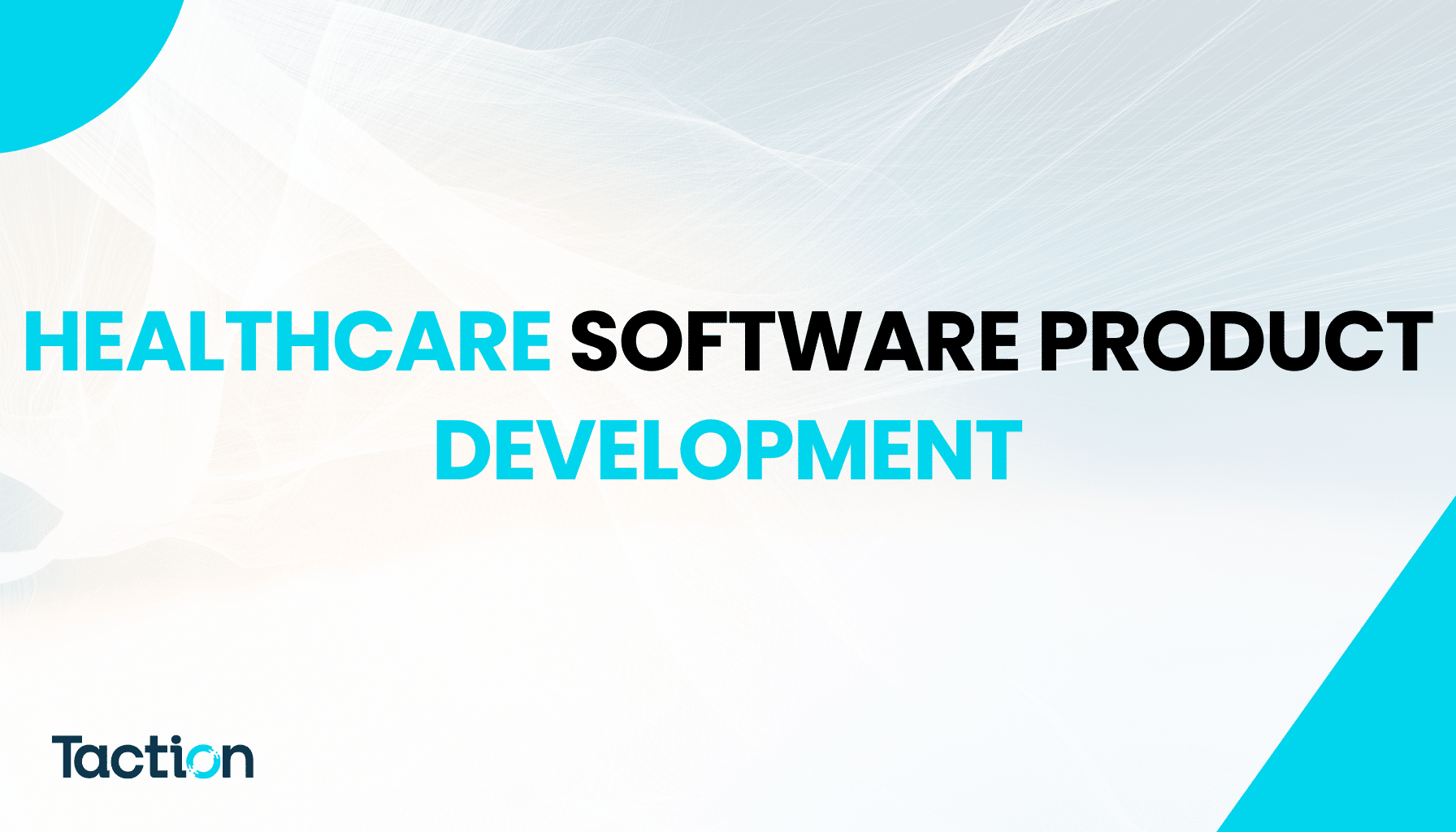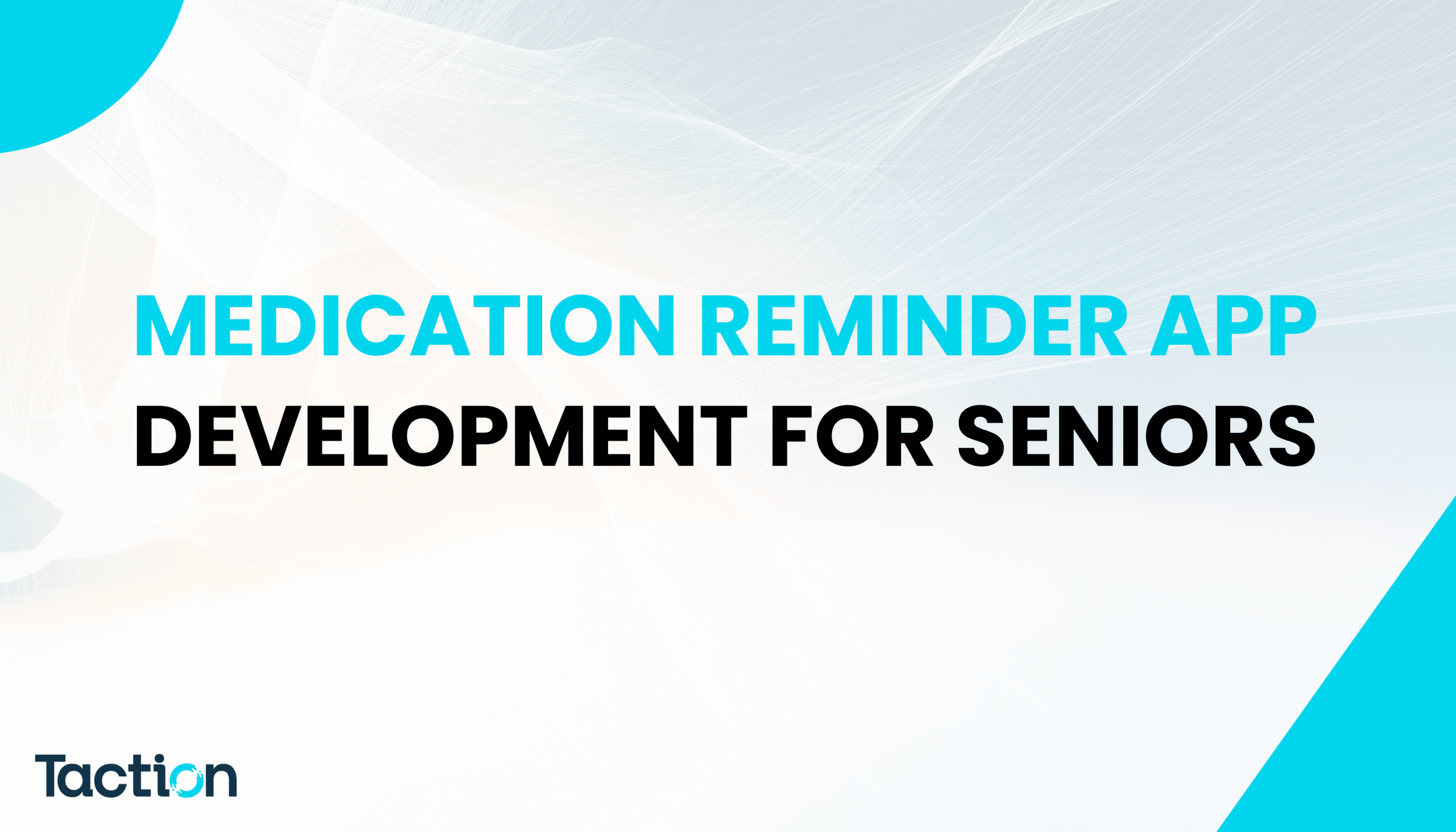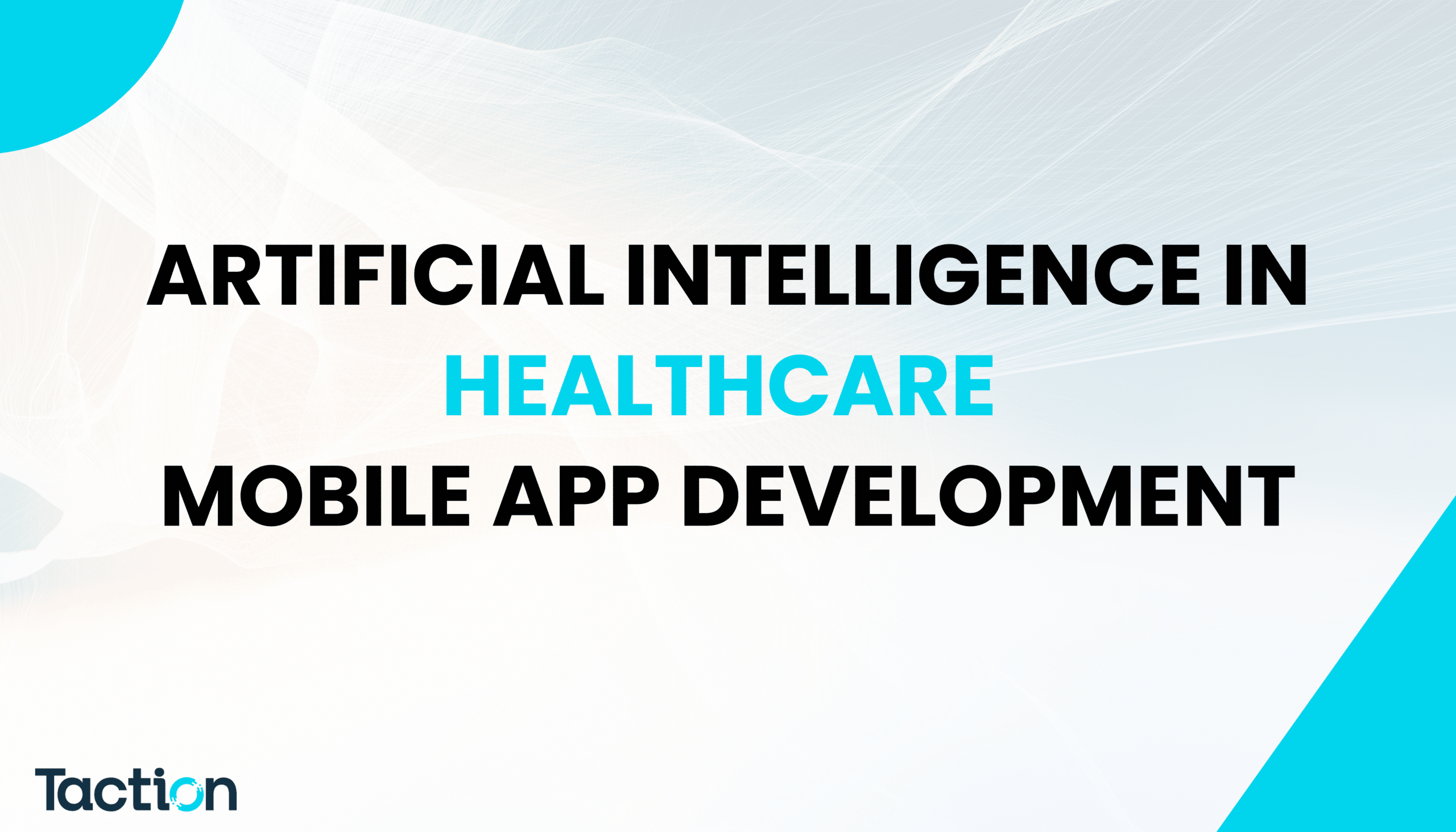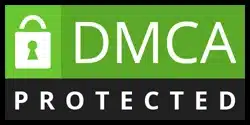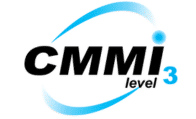How to Build a Secure Telehealth App for US Doctors
Telehealth has rapidly shifted from a convenience to a necessity in the US healthcare system. With patients increasingly turning to virtual consultations, healthcare providers need secure, reliable digital platforms to deliver care without compromising patient trust. But building a telehealth app isn’t just about video calls and chat features—it’s about developing a system that’s fully compliant with stringent regulations like HIPAA, protects sensitive health data, and performs seamlessly across devices.
For US doctors, compliance with federal standards isn’t optional—it’s foundational. A single flaw in how your app handles electronic Protected Health Information (ePHI) can lead to significant legal, financial, and reputational risks. That’s why security must be built in from the ground up, not added as an afterthought.
With over 20 years of experience in Healthcare IT, we understand the unique challenges that come with developing telehealth solutions for the US market. From navigating HIPAA and HITECH to integrating with EHRs and deploying scalable cloud infrastructure, we’ve helped countless providers launch apps that are both patient-friendly and regulation-ready.
This step-by-step guide is designed to give you a clear, actionable roadmap for building a secure telehealth app tailored specifically for US doctors. Whether you’re starting from scratch or upgrading an existing system, this guide will help you create a solution that delivers safe, compliant, and high-quality virtual care.
Understanding the Need for Secure Telehealth Apps
In the evolving world of US healthcare, telehealth is no longer just an option—it’s a growing necessity. But with this rapid adoption comes a greater responsibility: protecting sensitive patient data across every virtual interaction.
Why Telehealth Matters in Modern US Healthcare
Telehealth bridges the gap between accessibility and timely care, especially for rural populations, elderly patients, and busy professionals. It allows US doctors to extend their reach, reduce in-clinic congestion, and maintain continuity of care—even during public health emergencies. With convenience and efficiency driving its growth, telehealth is becoming a core part of everyday medical practice.
Common Security Risks in Telemedicine Platforms
Despite its benefits, telemedicine can expose healthcare providers to critical vulnerabilities. These include unsecured video transmissions, weak authentication methods, unencrypted data storage, and risky third-party API integrations. Any of these gaps can lead to data breaches, HIPAA violations, and major financial penalties.
What Makes Security a Top Priority for US Doctors
For US doctors, protecting patient privacy isn’t just about ethics—it’s the law. Regulatory bodies like HHS and OCR strictly enforce HIPAA compliance. Beyond compliance, doctors also risk losing patient trust if their platforms are compromised. That’s why a secure telehealth app isn’t just nice to have—it’s essential.
Unlock the power of Software Engineering of America backed by 20+ years of trusted developer expertise.
Key Compliance Requirements to Know Before You Start
Before building a telehealth app for US doctors, it’s crucial to understand the regulatory landscape that governs digital healthcare. Security isn’t just a feature—it’s a legal obligation. Knowing the compliance requirements upfront can save you from costly mistakes later.
HIPAA, HITECH & FDA: What Regulations Apply?
The Health Insurance Portability and Accountability Act (HIPAA) sets the foundation for protecting electronic Protected Health Information (ePHI). The HITECH Act further strengthens HIPAA enforcement with stricter breach reporting and data privacy provisions. If your telehealth app includes diagnostic features or wearable device integrations, FDA regulations may also apply—especially if it qualifies as a medical device. Each of these frameworks demands strict adherence to confidentiality, integrity, and availability of patient data.
Role-Based Access, Data Encryption & Secure APIs
A secure telehealth platform should allow access only to authorized users through role-based access controls (RBAC). This ensures doctors, patients, and admins can only view and act on data relevant to their roles. In addition, end-to-end encryption (both in transit and at rest) and secure API connections are non-negotiable for safe data exchange between app modules and external systems like EHRs.
Avoiding Non-Compliance Penalties
Non-compliance can result in hefty civil and criminal penalties, ranging from thousands to millions of dollars per violation. But it’s not just about fines—violations can also lead to lawsuits, damaged reputation, and patient attrition. Building compliance into your app from day one is the safest, smartest path forward.
How to Develop Medical Software: Step-by-Step Guide by Healthcare IT Experts
Step-by-Step Guide to Building a Secure Telehealth App
Building a telehealth app that’s truly secure and compliant isn’t just about writing code—it’s about following a strategic, regulation-driven approach from day one. Below is a step-by-step guide to help you build a secure telehealth app tailored for the needs of US doctors and their patients.
Step 1: Define Use Cases & User Roles (Patients, Doctors, Admins)
Start by identifying exactly what your app needs to do. Will it handle live consultations, e-prescriptions, or post-visit follow-ups? Map out the primary user roles—patients, physicians, and administrative staff—and define their permissions. This clarity forms the basis of your app’s logic, workflow, and security framework.
Step 2: Choose Your Technology Stack Wisely
The tech stack determines your app’s performance, scalability, and security. Choose programming languages and frameworks that support HIPAA compliance, offer high availability, and have proven security records. Opt for native or cross-platform tools that ensure fast performance across Android, iOS, and web.
Step 3: Design for Security-First Architecture
Security shouldn’t be an afterthought—it must be embedded in the architecture. Implement a layered defense model (firewalls, intrusion detection, zero-trust access). Store sensitive data on secure servers and isolate critical services to limit exposure in case of a breach.
Step 4: Implement HIPAA-Compliant Video Conferencing
Use video APIs or SDKs that offer end-to-end encryption, session timeout, and user verification. Ensure the video module never stores data locally unless encrypted, and avoid using third-party services that can’t provide signed BAAs (Business Associate Agreements).
Step 5: Secure Patient Authentication & Authorization (MFA, OAuth2)
Protect patient access with multi-factor authentication (MFA), secure password protocols, and OAuth2 for delegated access. Role-based access ensures that users can only access data and features relevant to their role, minimizing internal risks.
Step 6: Enable Encrypted Messaging & e-Prescriptions
Build messaging that uses encryption protocols like TLS and AES for secure communication. Ensure that e-prescription modules are compliant with DEA regulations and integrate with certified pharmacy networks.
Step 7: Add EHR/EMR Integration with FHIR or HL7 Standards
Telehealth apps must seamlessly connect with hospitals’ existing Electronic Health Records. Use FHIR or HL7 standards for interoperability, allowing secure, structured data exchange between your app and hospital systems like Epic or Cerner.
Step 8: Ensure Scalable Cloud Infrastructure with End-to-End Encryption
Choose a HIPAA-compliant cloud provider (like AWS or Azure) with strong encryption practices. Implement logging, monitoring, and disaster recovery to handle peak loads and ensure uptime.
Step 9: Conduct Penetration Testing and Regular Vulnerability Scans
Before launching, run thorough security audits and third-party penetration testing. Regular vulnerability scans help identify and patch risks before they become breaches.
Step 10: Enable Ongoing Compliance Monitoring and Updates
HIPAA regulations evolve. Use compliance monitoring tools to track changes, enforce policies, and log activities. Push timely security patches and keep all third-party tools updated.
Must-Have Features for a Successful Telehealth App
To build a telehealth app that doctors love and patients trust, functionality must meet usability—and both must be secured by design. The following features are essential for creating a telehealth platform that’s not only compliant but also convenient and competitive.
Real-Time Video Calling with High-Quality Streaming
At the core of any telehealth solution is reliable, crystal-clear video calling. It should support low-latency streaming, adaptive quality, and encrypted sessions to ensure smooth and private doctor-patient consultations—even on slower internet connections.
Appointment Scheduling & Reminders
An intuitive calendar system allows patients to easily book, reschedule, or cancel appointments. Automated SMS or email reminders help reduce no-shows and keep schedules on track for both patients and providers.
Digital Prescriptions & Lab Integration
Allow physicians to generate and share digital prescriptions securely with integrated pharmacy systems. Similarly, lab integrations let doctors order tests and receive results within the app, streamlining diagnosis and treatment planning.
AI-Based Symptom Checker & Chatbots
AI-powered tools can pre-screen patient symptoms, offer preliminary advice, and collect structured data before the actual consultation. Chatbots can also handle FAQs, onboarding, and follow-up support—reducing administrative burden.
Payment Integration with PCI-DSS Compliance
Secure and convenient billing is critical. Your app should support credit cards, HSAs, and insurance payments via PCI-DSS-compliant gateways. Features like invoices, transaction history, and real-time payment confirmations enhance trust and transparency.
Cost Estimation: How Much Does It Take to Build a Secure Telehealth App?
The cost to develop a secure telehealth app can vary widely, depending on features, compliance needs, and integrations. Whether you’re a solo practitioner or a healthcare enterprise, understanding the key cost drivers helps you plan effectively.
Factors Affecting Telehealth App Development Cost
Several elements influence the overall budget: the complexity of features (like video calling, e-prescriptions, and EHR integration), platform compatibility (iOS, Android, Web), backend infrastructure, third-party APIs, and the geographic location of your development team. Custom features and real-time functionality typically require more time and investment.
Budgeting for HIPAA-Compliant Features
Building a HIPAA-compliant app adds an extra layer of responsibility—and cost. You’ll need secure data encryption, audit logs, secure cloud hosting, authentication protocols, and legal safeguards like Business Associate Agreements (BAAs). Allocating a budget for compliance from the start is essential to avoid rework or legal issues later.
Time to Market: How Long Does It Take to Launch?
On average, building a secure telehealth app takes 4 to 8 months, depending on complexity and compliance needs. The timeline is shaped by six key phases:
- Discovery: 1–2 weeks to define goals, features, and compliance scope.
- Design: 2–4 weeks to create user flows, wireframes, and UI/UX mockups.
- Development: 2–4 months for frontend, backend, and API integration.
- Compliance: Ongoing throughout development to ensure HIPAA readiness.
- Testing: 3–5 weeks of QA, security testing, and bug resolution.
- Deployment: 1 week to configure hosting, go live, and monitor performance.
A phased, agile approach ensures faster launches without compromising security or quality.
Challenges and How to Overcome Them
While telehealth app development opens doors to innovation, it also brings unique challenges—especially in the US healthcare environment. Addressing these early ensures a smoother, more secure rollout.
Data Security & Privacy
Protecting sensitive health data is the biggest concern. Use HIPAA-compliant architecture, strong encryption, secure authentication, and regular audits to minimize risk and build trust with users.
User Adoption & Interface Usability
Doctors and patients expect simplicity. Focus on intuitive design, minimize the learning curve, and offer onboarding support to ensure smooth adoption for users of all tech levels.
Technical Integration with EHR/EMR
Connecting with legacy systems like Epic or Cerner can be complex. Use standards like FHIR or HL7 for smoother data exchange and work with experienced healthcare developers who understand interoperability.
Why US Doctors Prefer Custom Telehealth App Development
While SaaS-based telehealth platforms offer quick setup, they often fall short when it comes to flexibility, compliance control, and user experience. Many come with fixed workflows, limited customization, and shared infrastructure—making it harder to tailor the experience to specific practice needs or meet advanced HIPAA security requirements.
Custom telehealth app development, on the other hand, empowers doctors to build solutions around their unique processes. From integrating directly with EHR systems to adding advanced authentication, custom apps offer full control over both functionality and data privacy. This approach ensures a seamless experience for doctors and patients alike—while maintaining complete ownership over security, scalability, and future upgrades.
In short, custom development isn’t just a better fit—it’s a smarter investment for long-term care delivery and compliance in the US healthcare ecosystem.
Real Success Stories: Secure Telehealth Platforms in Action
One of our recent clients—a multi-specialty clinic in Texas—needed a HIPAA-compliant telehealth solution to serve patients across rural counties. We delivered a custom app integrated with their EHR system using FHIR standards, supporting real-time video, secure messaging, and e-prescriptions. Within six months of launch, patient satisfaction scores rose by 34%, and no-show rates dropped by nearly 40%.
Another project involved a behavioral health provider who required end-to-end encrypted video sessions and detailed audit trails for compliance. Our solution not only passed a third-party security audit but also helped the client scale to five new states within a year.
These real-world outcomes highlight how secure, tailored telehealth platforms can transform care delivery—safely and at scale.
Choosing the Right Development Partner for Telehealth App
Building a secure telehealth app isn’t just about writing code—it’s about working with a partner who understands the unique demands of US healthcare. With 20+ years of experience in healthcare IT, our team brings deep expertise in HIPAA, HITECH, and FDA-compliant systems. From EHR integration to secure cloud deployment, we’ve delivered robust, scalable, and regulation-ready telehealth solutions for providers across the US. Choosing a partner with proven compliance knowledge ensures your app is built right the first time—secure, user-friendly, and future-ready.
Final Thoughts: Building a Secure Future for Remote Care
Telehealth isn’t just a trend—it’s the future of patient-centered care. But with great opportunity comes the responsibility to protect patient data, ensure compliance, and maintain trust. A secure, custom-built telehealth app empowers doctors to offer convenient, high-quality virtual care without compromising on privacy or performance. By investing in the right technology and development partner, US healthcare providers can build platforms that are not only secure but also scalable, efficient, and aligned with the future of medicine.
Frequently Asked Questions
To make your telehealth app HIPAA-compliant, you must implement safeguards to protect electronic Protected Health Information (ePHI). This includes secure user authentication, encrypted data transmission and storage, role-based access control, regular audits, and maintaining signed Business Associate Agreements (BAAs) with any third-party vendors handling patient data.
Key security features include end-to-end encryption for video and messaging, multi-factor authentication (MFA), audit logs, secure APIs, and real-time threat monitoring. These features ensure that all patient interactions remain private and that data is protected against unauthorized access or breaches.
Yes, integration with major EHR systems like Epic and Cerner is possible using FHIR (Fast Healthcare Interoperability Resources) or HL7 standards. These standards enable your telehealth app to exchange data securely and efficiently, helping providers access patient records, lab results, and appointment details directly within the platform.
A scalable and secure telehealth platform relies on a strong backend infrastructure—typically built on HIPAA-compliant cloud services like AWS or Azure. It must also support modular architecture, encrypted databases, and automated security updates. Scalability is achieved by designing for high concurrency, elastic resource allocation, and performance monitoring tools.


